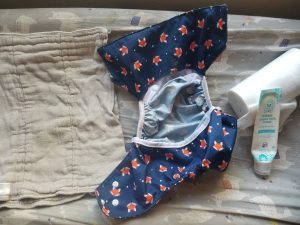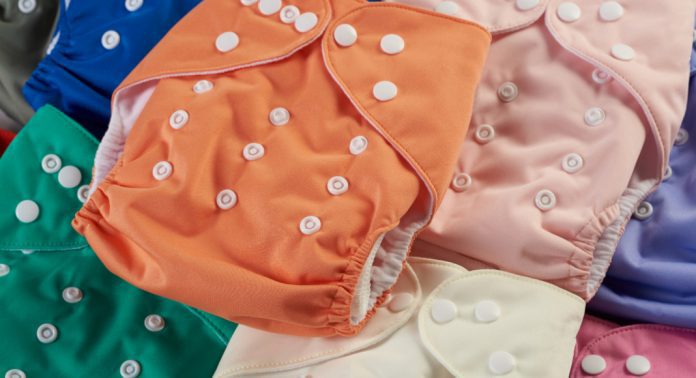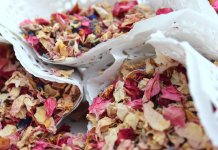This post is the first in a three-part series about how to parent in a more eco-friendly way. This first post is on cloth diapering, the second will tackle food, and the last will be on toys and clothing.
My husband and I try to be as environmentally friendly as possible. However, we wanted children, and these two desires seem to be at odds. From the giant (and overwhelming) market of kids’ clothes, toys, food, and diapers that is out there, it sometimes feels like you’re fighting a losing battle–and the real loser is the earth.
We knew from the beginning that we wanted to use cloth diapers. Disposable diapers are a major cause of pollution. Babies go through between 5,000-6,000 diapers before becoming toilet trained, and “a 2014 Environmental Protection Agency report found that disposable diapers account for 7% of nondurable household waste in landfills” (Schley, 2018). Also, according to some estimates, using cloth diapers can save a family approximately $1,600 for each baby (Reinhardt, 2021). Navigating the mom blogs about cloth diapering was confusing, however. What would we need?
Although there are lots of ways to do cloth diapers, this is what we have done. I share this in the hope that it will make cloth diapering more accessible for anyone who wishes to do it, and I urge you to ask me any questions you have.

We have about 65 diapers (the cloth trifolds; see picture) and about 10 diaper covers with pockets. When Claire was small enough, we simply pinned the diapers (you can use safety pins or diaper pins) and snapped the cover over top the cloth. As she grew, we invested in some Snappis to hold the diapers on. The Snappis only worked for so long; now, we simply fold the diaper in thirds and place it under the pocket portion of the diaper covers. She’s now 19 months and we’ve been diapering this way without issue for a while.
When we change Claire, we put a wet diaper in the laundry basket and collect the cover to be rinsed later. If there’s a solid, we knock that into the toilet. Each night, we rinse the day’s covers and any cloths with leftover solids in a utility sink. The covers are hung to dry for the next day, and the cloths are put in the laundry basket. Once they add up, we do a laundry load of diapers, adding a cup of vinegar and line drying them for extra sanitizing. We also try to make sure the covers are washed at least once per week, too, as a deep clean instead of the nightly rinse.
Some people who oppose cloth diapering point to the increased usage of water, especially in the desert southwest. That is, of course, a trade-off. However, we find that with a sufficient number of cloths, it only creates one additional laundry load per week. Admittedly, we do lose a little water to the nightly rinse of the covers, but we do all of this on water catchment pretty easily.
One thing to be aware of is that if you want to use diaper cream, you do have to purchase diaper liners. Because the cream is designed to repel water, it should not come in contact with the diaper or it will make the cloth less absorbent. Another note is that, for day care, we were required to get a doctor’s note before they would accept cloth diapers. Now, though, I simply pack four or five diapers and diaper covers per day, and then collect the dirty ones when I pick Claire up at the end of the day. Lastly, you may not be able to do ONLY cloth diapers. Friends often admitted that they used disposables for travel and/or overnight. Similarly, we found that as Claire got older and produced more urine at night, we transferred to disposables for her night diaper.
Other people I know that cloth diaper their kids swear that they are toilet trained faster than with disposables. I’m not yet in a position to add my input on that, but Claire is remarkably aware of when she goes to the bathroom and will tell you in no uncertain terms!
If you’ve thought about cloth diapering but are on the fence, or are overwhelmed by all the information out there, I’m happy to chat with you!










